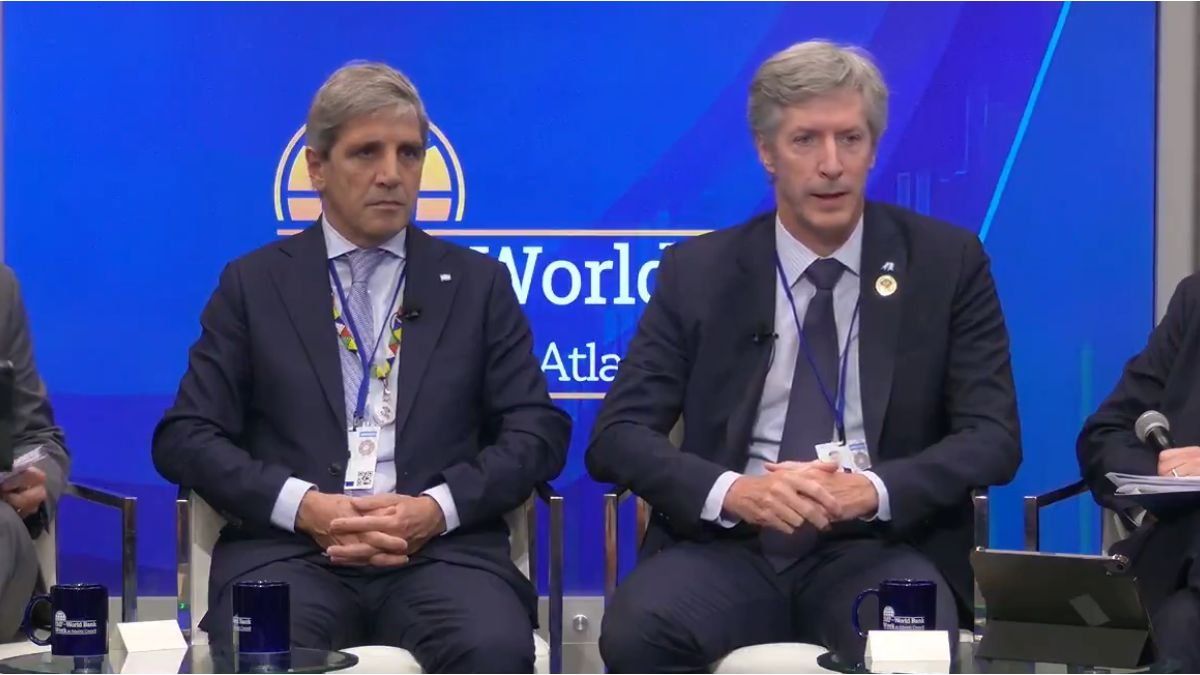We can deduce that it is not the same to incorporate a person with a physical, sensory or intellectual disability. However, there are always doubts in the employer, because the theory can be understood, but imagining putting it into practice in an SME seems impossible.
A good way to shed light on the biases that exist in this regard is to count real cases. Today I share with you the case of adaptation that they carried out in the Centro Integral Cadaqués, a service provider SMEyou can find it in this link https://www.centrocadaques.com.ar/ Its director, Lic. Anabella Lopez Pineyro He accepted a great challenge, giving his first job opportunity to a young man who was undergoing treatment at the center for the sequelae he had due to a CVA (cerebrovascular accident). Adjustments in the workload of the working day, in the work tools and in the communication channels were the adaptations designed and implemented.
Starting with a part-time working day is an excellent way to start the process, get to know each other, test and validate the settings from the experience of the same user, accompanying the new member without the demand of a full-time day. The work tool is a computer, which was designed with an adapted keyboard and mouse. A key issue was prioritizing verbal communication and in this way the audios took center stage.
These adaptations are real, the necessary ones for the adaptation of a specific position to a person with his singularity. And they will always be accompanied by the attitudinal, which improves links and makes inclusion sustainable over time.
The interesting thing is to make visible that these types of adjustments are not expensive or impossible to implement for an SME, but they change the reality of a person who is given access to work, with all that that implies.
Director of an SME and adviser to SMEs in promoting diversity, labor inclusion and well-being. Instagram: @anahi_tagliani LinkedIn: Anahi Tagliani
Source: Ambito




